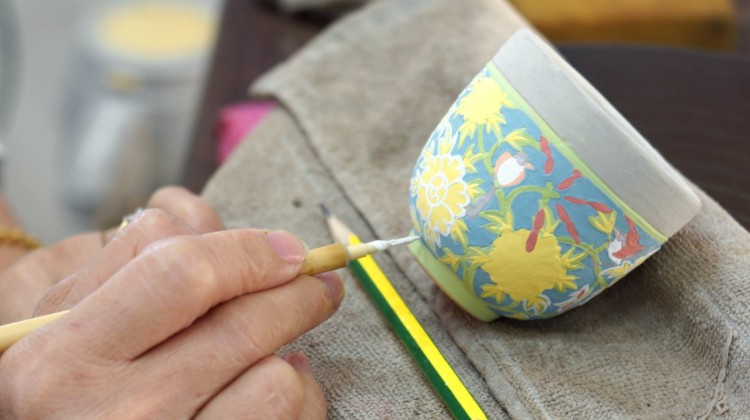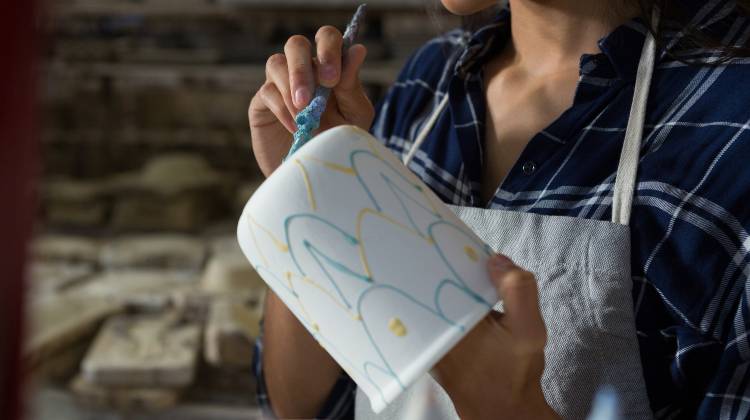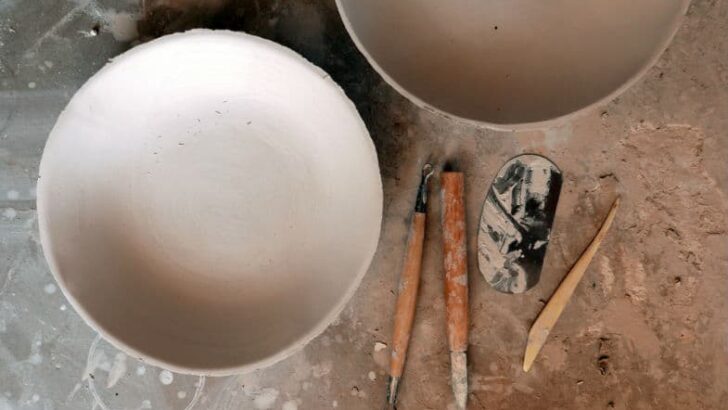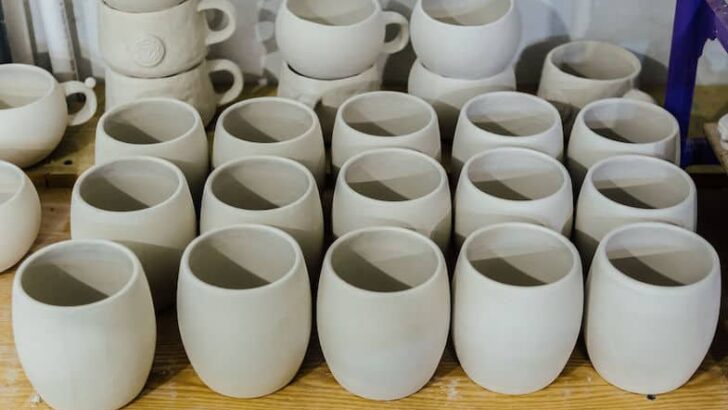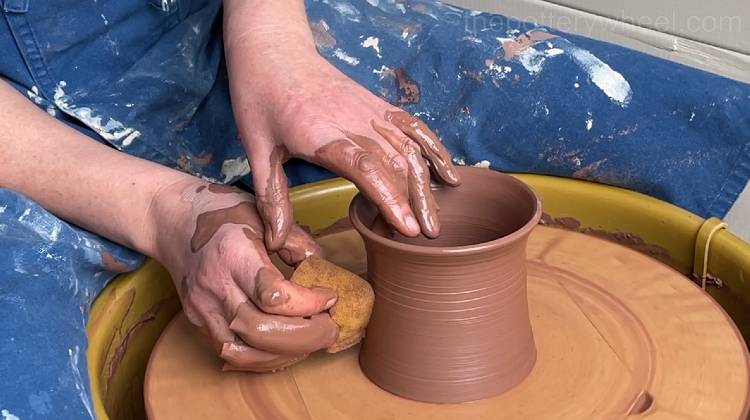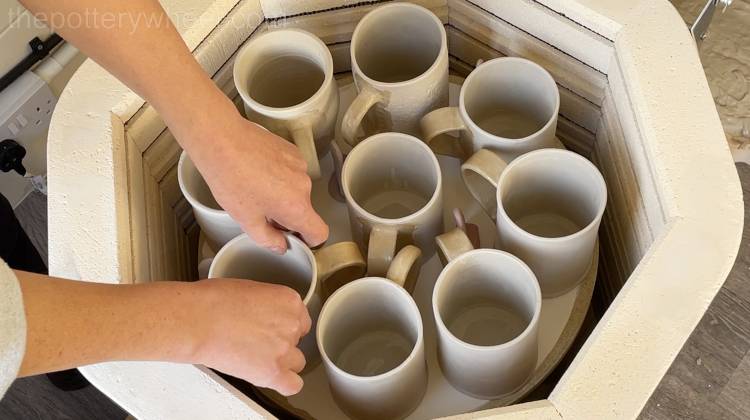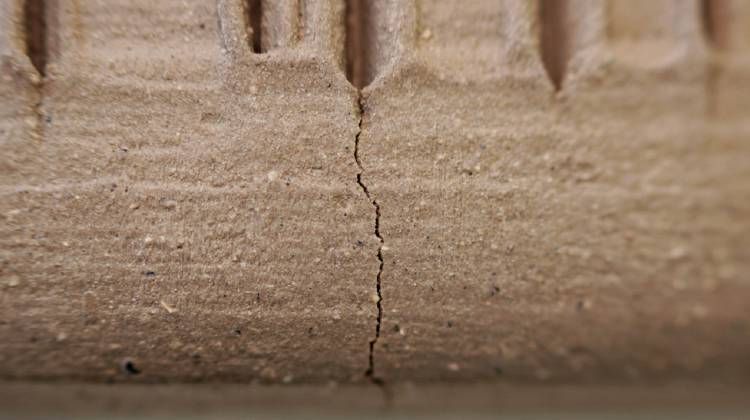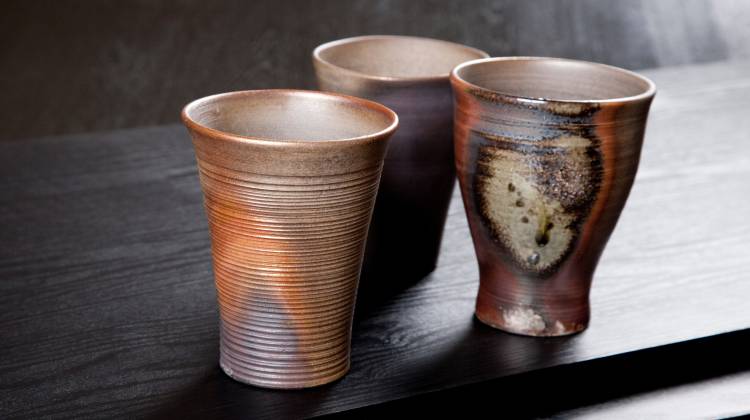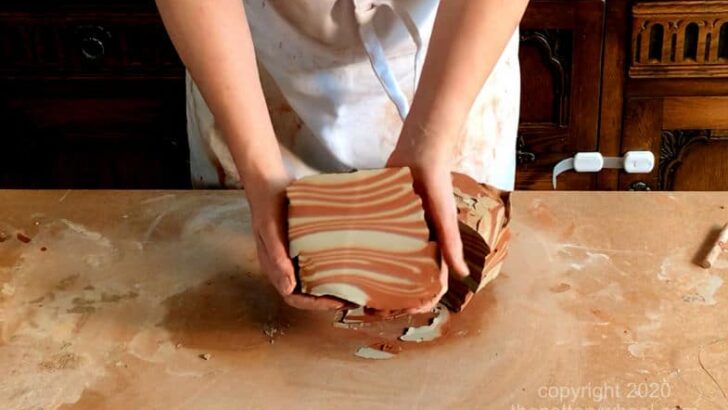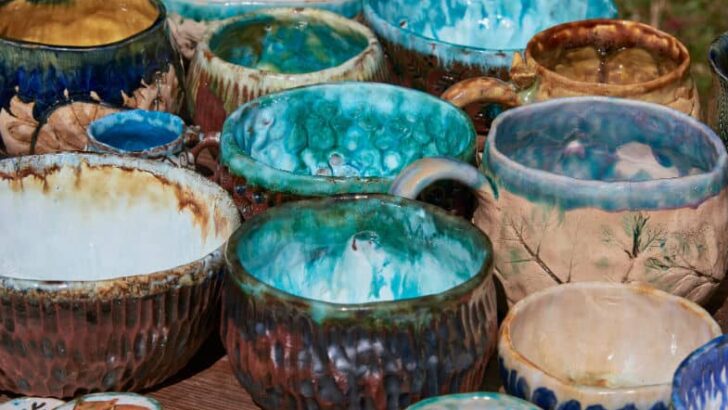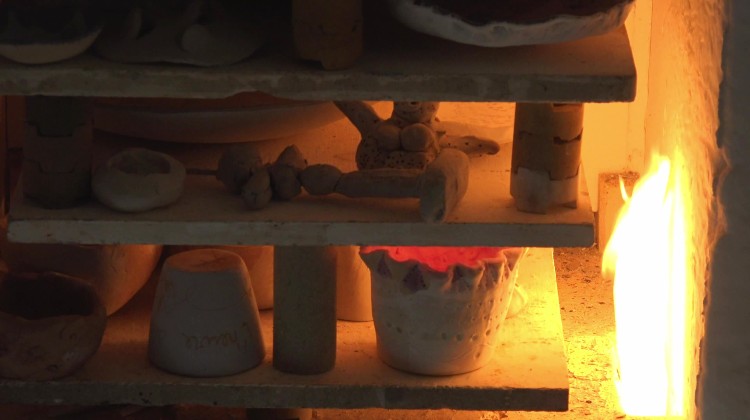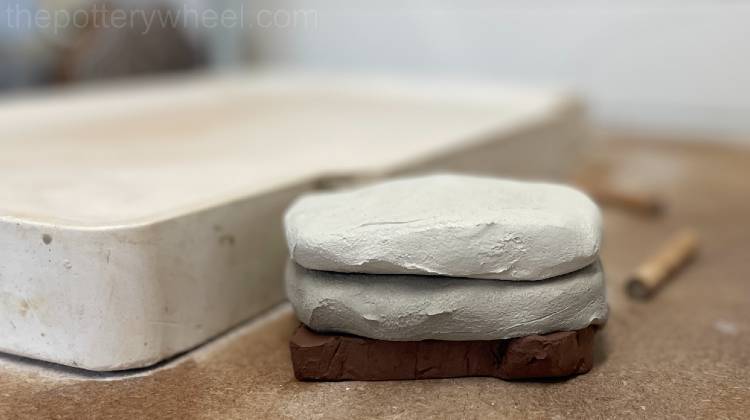Underglaze Techniques – 16 Exciting Ways to Use Underglaze
Underglaze is an incredibly versatile way of decorating clay. So, I thought I’d put together an overview of some of the best underglaze techniques for inspiration. Different Underglaze Techniques If you don’t have time to browse through all these underglaze ideas, you can use the links below to jump to the section that catches your…

